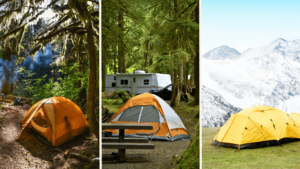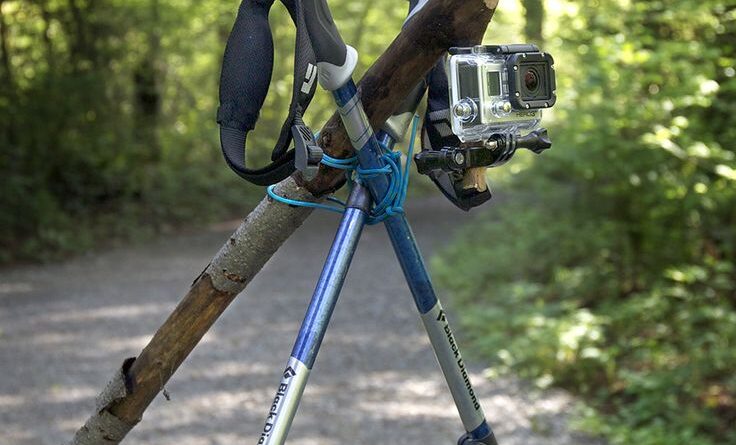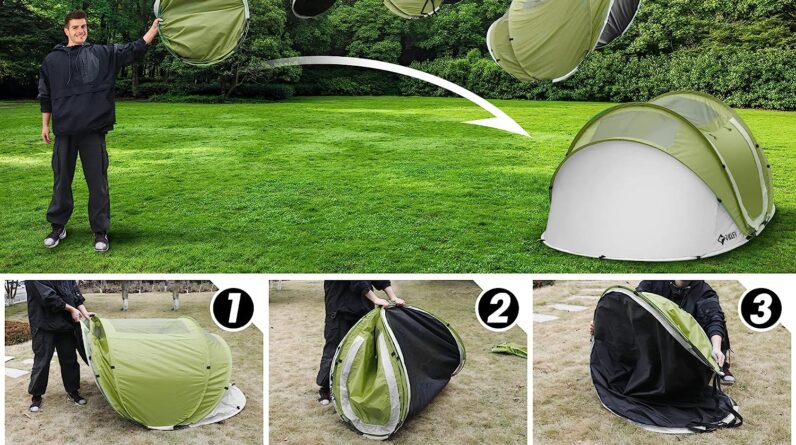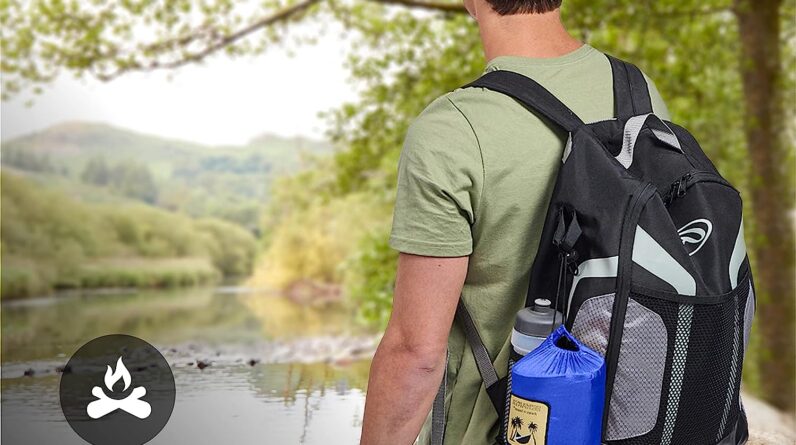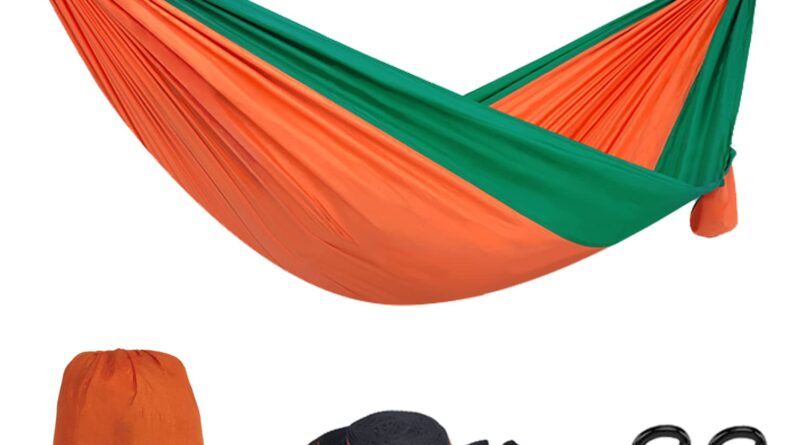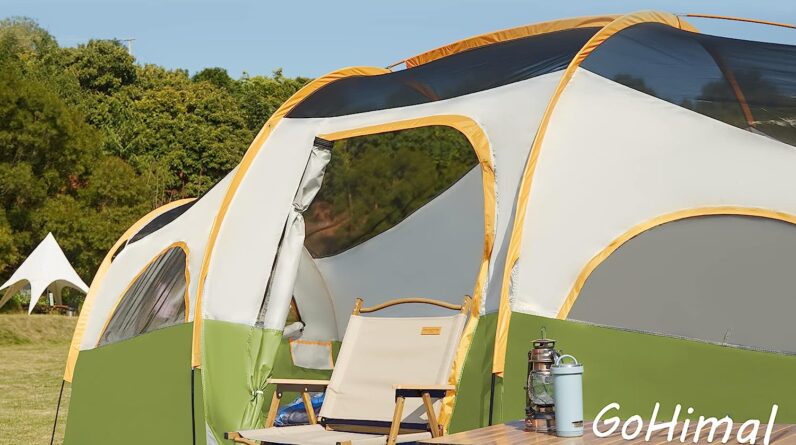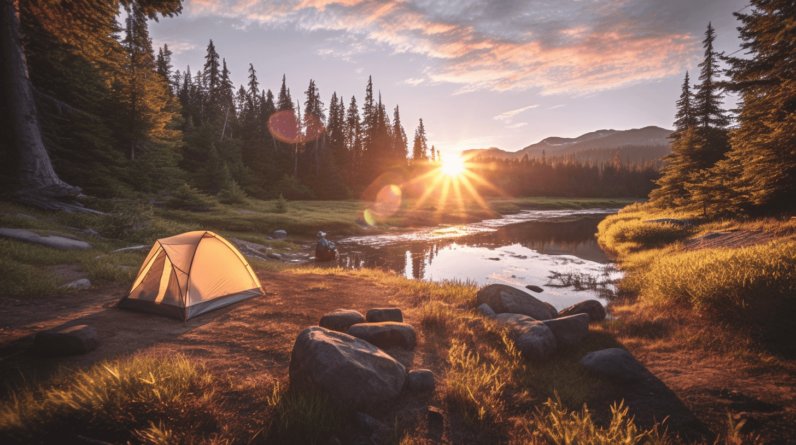
Introduction
Hey there! Whether you’re a seasoned backpacker or just getting into the swing of things, you know that a successful camping trip begins with selecting the perfect campsite. The comfort, safety, and enjoyment of your outdoor experience can hinge heavily on this one crucial decision.
Choosing a campsite is about more than just finding a flat piece of land to pitch your tent. It’s a calculated selection process, balancing various factors like terrain, safety, access to essentials, weather conditions, comfort, and more. Let’s dive into these considerations and give you the tools to master the art of choosing the perfect campsite!
Understanding Different Types of Campsites
First things first, let’s talk about the different types of campsites. You’ve got backcountry campsites, established campgrounds, and dispersed camping areas.
Backcountry campsites are typically located off the beaten path, away from roads and infrastructure. They offer a more authentic wilderness experience but also require more planning and wilderness skills. Established campgrounds, on the other hand, are generally easier to access and come with amenities like toilets and picnic tables. They are great for families or those looking for a more comfortable experience. Dispersed camping refers to camping outside of designated areas, usually allowed in national forests and grasslands.
Each type of campsite has its pros and cons, and understanding these can help you match your camping style and abilities to the right campsite.
Legal and Ethical Considerations
There are also legal and ethical factors to consider when choosing a campsite. Different regions have varying laws and regulations regarding camping, so it’s crucial to familiarize yourself with these rules before heading out.
Also, as responsible campers, we should all be following Leave No Trace principles. This means camping on durable surfaces, respecting wildlife, and leaving your campsite as pristine as you found it. This ensures we keep the great outdoors great for generations to come.
Selecting the Right Terrain
Now let’s get into the nitty-gritty: the terrain. Ideally, you want to find a flat, durable surface to set up your tent. But also consider proximity to water, risks of flooding, and the area’s exposure to elements like wind and sun.
It might be tempting to pitch your tent next to a lovely stream, but keep in mind that water levels can rise unexpectedly, and bugs are usually more prevalent near water sources. On the flip side, camping on top of a hill might offer stunning views but could expose you to strong winds and lightning.
Safety Considerations
Safety is paramount when choosing the perfect campsite. Be aware of potential hazards such as widowmakers (dead trees or branches that can fall), wildlife activity, and fire safety.
Ensure you’re not setting up camp in a high-traffic wildlife corridor or near a nest. Check for fire restrictions in the area and always maintain a safe distance between your fire pit and your tent.
Access to Essentials: Water and Firewood
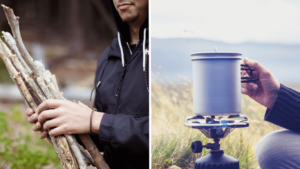
When you’re out in the wilderness, proximity to water sources and availability of firewood become significant factors. You’ll need water for cooking, cleaning, and, most importantly, staying hydrated. Remember, any water gathered should be purified before use.
Also, you’ll likely need firewood for warmth and cooking. Remember to follow local guidelines and only gather downed and dead wood.
Weather and Wind Considerations
Weather and wind are elements that can make or break your camping experience. Pay attention to the weather forecast before setting up camp. Consider wind direction and how it might affect your campsite. Will it blow smoke from the fire into your tent? Can it potentially bring stormwater your way? These are important things to consider.
Comfort and Space Evaluation
Comfort factors like privacy, noise, and view also play a crucial role in selecting the perfect campsite. Do you prefer a quiet, secluded spot, or do you enjoy the buzz of other campers around? Does the site offer enough space for your tents and gear? How about the view? After all, one of the joys of camping is waking up to a beautiful sunrise or falling asleep under a canopy of stars.
Practical Tips and Hacks for Selecting the Perfect Campsite
Over time, every seasoned camper accumulates a list of practical tips and hacks. For instance, a ground tarp can add an extra layer of protection between your tent and the ground. Another tip is to test the ground with your hand for any sharp objects or annoying pebbles before pitching your tent.
Several apps and tools can also help in campsite selection, providing reviews and photos from other campers. So don’t hesitate to use technology to your advantage.
Conclusion
Phew, that’s a lot of info! But don’t worry, with a bit of practice, you’ll master the art of choosing the perfect campsite. Remember, the aim is to respect nature, plan well, and most importantly, enjoy the experience!
Call to Action
We’d love to hear your camping experiences, tips, and questions. Feel free to share in the comments section below. Also, don’t forget to check out our other articles or subscribe to our newsletter for more camping and hiking tips. Until next time, happy camping!
FAQs
- What is the best time to arrive at a campsite? Early afternoon is usually a good time. It gives you plenty of daylight to set up your tent and familiarize yourself with the area.
- Can I camp anywhere in a national park? Not necessarily. Each park has specific rules about where you can camp. Always check the park’s regulations before heading out.
- What should I do if I encounter wildlife at my campsite? Stay calm and do not approach or feed the animal. Secure your food and make sure you’re not inadvertently attracting wildlife to your site.
- How can I minimize my impact when camping? Follow the Leave No Trace principles, which include disposing of waste properly, respecting wildlife, and being considerate of other visitors.
- What are the key features to look for when choosing a campsite? Look for a flat, durable surface, safety from potential hazards, proximity to water sources and firewood, suitable weather and wind conditions, and a comfortable space that suits your preferences.
Remember, camping is all about respecting nature, planning well, and, of course, having fun! Happy camping!


